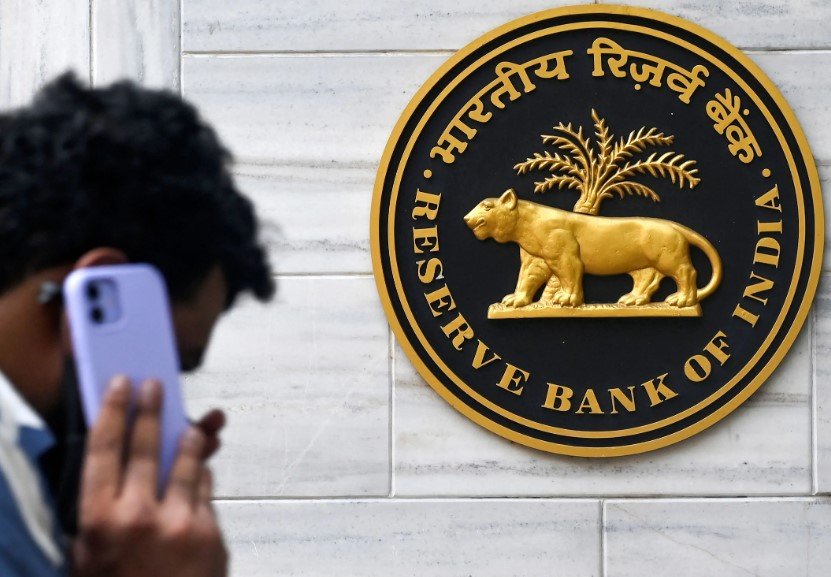New draft norms aim to end forced digital enrolment and return control to customers
The Reserve Bank of India is laying down the law on digital banking: customers must choose it, not be cornered into it. In its new draft guidelines, the central bank has made it clear—no more bundling, no more fine print surprises.
For years, many bank customers found themselves nudged—or shoved—into digital services they neither asked for nor understood. Now, if RBI’s draft norms take hold, that era may finally be over.
Digital is optional, not automatic—RBI draws a firm line
The RBI’s Draft Directions on Digital Banking Channels Authorisation, issued Monday, mark a significant shift. Banks can no longer assume consent. If they want to enroll someone into mobile or internet banking, they’ll need that person’s clear, documented approval.
One key rule stands out. Banks cannot make digital access mandatory for offering basic services like debit cards. In plain terms: if someone wants a card but doesn’t want internet banking, the bank can’t force both on them.
The move is as much about fairness as it is about functionality. “While it may be more convenient for the customer to opt for some services together… the choice… shall lie solely with the customer,” the draft reads.
Who can even offer digital services? Not every bank, says RBI
Not all banks will be eligible to run digital channels under the new rules. The RBI has laid down a laundry list of technical and financial prerequisites. And they’re not just for show.
To even apply:
-
Banks must have a fully operational Core Banking System (CBS)
-
They must be IPv6 ready
-
Minimum net worth? ₹50 crore
-
Technical and financial readiness is non-negotiable
This isn’t just red tape. It’s a filtering mechanism to ensure only the banks that can truly handle secure digital infra are allowed into the ring.
One sentence stands alone in RBI’s release: the central bank won’t compromise on capacity.

Why this matters: India’s digital push has often skipped consent
India has raced ahead in digital payments—UPI transactions now top 13 billion a month. But the human cost of that speed? Confused seniors, frustrated rural users, and forced digital migration.
Remember that viral story last year? An 82-year-old from Uttar Pradesh walked into a bank to check his passbook, only to be told the branch had shut and everything had gone “online.” No SMS, no letter, no warning.
That’s what this new RBI draft wants to prevent.
While many customers prefer digital, a large section still needs the choice. RBI, in this draft, is siding with them.
A pushback against quiet coercion in banking
Let’s be real—many banks don’t say “you must go digital.” They just make non-digital options harder. Try requesting a paper statement these days. Or opting out of mobile alerts. You’ll hit a wall.
That’s the sort of “soft coercion” the RBI is clearly tired of.
One paragraph from the draft directions spells it out: services can be bundled only if the customer wants them bundled. Not because it’s easier for the bank. Not because it “makes sense.” Only if the customer says yes.
And it’s not enough to just ask casually. Consent must be “explicit and documented.”
What about existing users? Will banks have to re-confirm?
That’s the big grey area. The draft doesn’t spell out what happens to millions who were auto-enrolled into digital channels over the years.
Some experts say a re-consent drive may follow. Others think RBI will let current setups slide, provided banks tighten things going forward.
One RBI official, speaking off-record, suggested that “a period of voluntary audit” might be proposed. Banks could be asked to review how their customers were onboarded—especially vulnerable groups like the elderly or rural account holders.
If such an audit happens, banks may find themselves fielding awkward questions. Did you really explain those app terms and conditions? Did your staff tick those boxes just to meet their targets?
More scrutiny likely as fintech grows louder
India’s fintech sector is booming. From zero balance accounts to instant loans, new players have changed how Indians bank. But it’s also blurred lines.
When a customer signs up for one service, they often find themselves auto-linked to another.
Here’s a real-world example that’s become all too common:
| Scenario | What Happens |
|---|---|
| Customer installs a mobile app for checking balance | App asks for full KYC and enables credit line |
| User signs up for UPI | App starts offering buy-now-pay-later schemes |
| Customer clicks “yes” on a pop-up | Digital wallet and data-sharing activated |
RBI’s draft seems aimed at disrupting this pattern. The core message: permission must be meaningful, not manipulative.
Banks aren’t thrilled, but most won’t say it out loud
Publicly, banks are expected to welcome the guidelines. Privately? Not so much. Many rely on digital adoption metrics to woo investors and reduce branch costs.
One bank executive said off the record: “The cost of digital onboarding is way cheaper than physical infra. If this leads to higher drop-offs, we’ll have to rethink budgets.”
Another concern is about documentation. Capturing “explicit” consent for every digital service may mean longer onboarding times—especially in remote areas.
Still, some industry leaders are supporting the RBI’s tone. A senior official at a public sector bank said, “It’s a good step. We were always supposed to ask first. This just puts it in black and white.”
The road ahead: consultations, revisions, and a possible rollout by 2026
The draft is open for public feedback. RBI will likely hold consultations with banks, consumer groups, and fintech firms over the next few months.
If the response is positive, final guidelines could be issued early next year. Implementation may stretch into 2026, especially for banks that need tech upgrades.
But the writing’s on the wall. Forced digital enrolment has a shelf life. The RBI wants banks to stop treating it as default and start treating it as a choice.
Because at the end of the day, digital should serve the customer—not the other way around.








